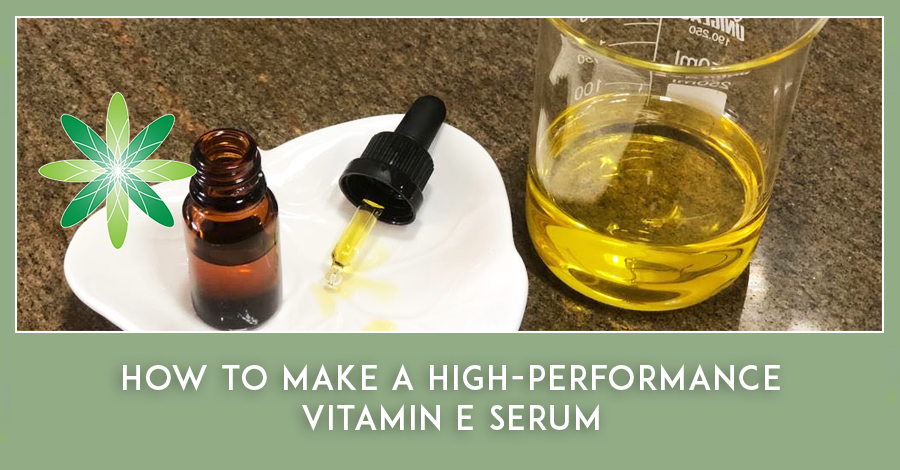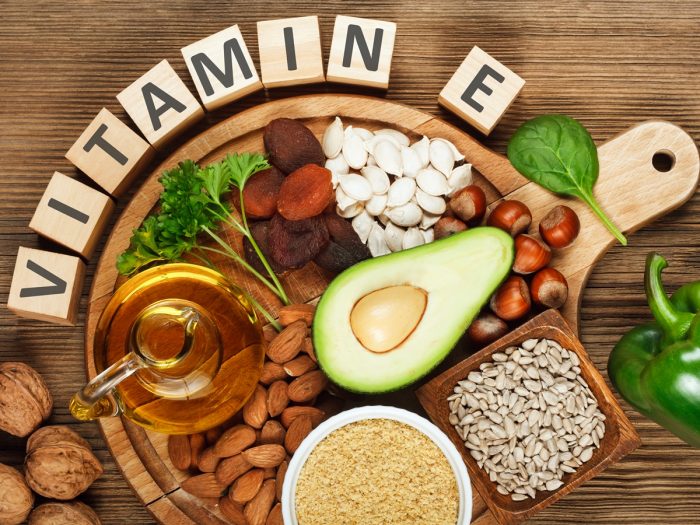Abstract
Thirty rats, with confirmed pregnancies by vaginal smear, were divided into five groups, each including six rats, as the Control, Corn Oil, Vitamin E, Acrylamide, Vitamin E + Acrylamide groups. The births were monitored on the 21st day to select the male rats, and the selected male rats were decapitated at the end of the 8th week. Oxidant-antioxidant parameters, serum hormone levels and histopathological examinations were performed on testis tissues of the rats. It was found that acrylamide (AA) negatively affected the serum hormone levels (Total Testosterone, Progesterone, FSH, LH, Estradiol), oxidant-antioxidant parameters in the tissues (MDA, GSH, NO, SOD, CAT, TAS, TOS) (p < 0.05) and the histological findings (the Johnson’s score, seminiferous tubule diameter, histopathological images), and Vitamin Eadministration resulted with an increase in the total testosterone, progesterone, FSH, LH, GSH, TAS, NO, SOD, CAT levels (p < 0.05) and an improvement in histopathological findings. Currently, it is almost inevitable to be exposed to food-induced AA toxicity and such toxicity is likely to cause lifelong damage. It was concluded that Vitamin E was able to present a protective effect in the testis tissue against AA toxicity; however, further studies are necessary.
Read More




